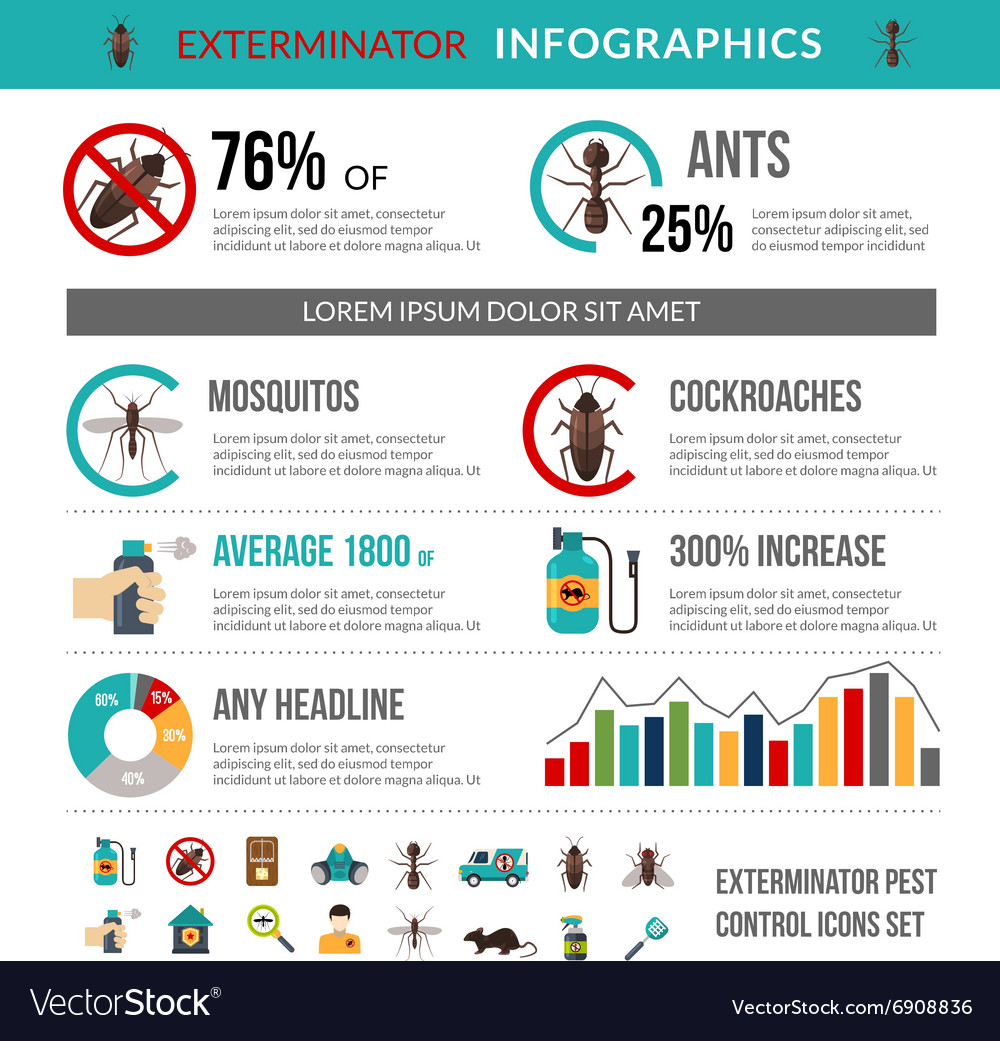Tips For Homeowners To Maintain Rodents Out Of Their Attic Rooms
Tips For Homeowners To Maintain Rodents Out Of Their Attic Rooms
Blog Article
Write-Up Author-Ellegaard Garza
Envision your attic as a comfy Airbnb for rats, with insulation as fluffy as resort cushions and wiring extra attracting than room solution. Currently, visualize these unwanted visitors throwing a wild event in your home while you're away. As a house owner, ensuring your attic is rodent-proof is not almost comfort; it's about shielding your home and liked ones. So, what simple actions can you take to protect your refuge from these fuzzy trespassers?
Check for Entry Details
To begin rodent-proofing your attic room, evaluate for access points. Beginning by very carefully taking a look at the outside of your home, seeking any type of openings that rodents could use to access to your attic. Look for voids around energy lines, vents, and pipes, as well as any cracks or openings in the foundation or siding. Make certain to pay attention to areas where different structure materials meet, as these prevail entrance points for rats.
Furthermore, examine the roof for any harmed or missing out on shingles, as well as any type of voids around the edges where rats might squeeze via. Inside the attic room, search for indications of existing rodent task such as droppings, ate cords, or nesting materials. Use a flashlight to extensively examine dark edges and concealed rooms.
Seal Cracks and Gaps
Inspect your attic room thoroughly for any type of splits and gaps that need to be secured to stop rats from going into. Rats can squeeze through also the smallest openings, so it's important to secure any type of possible access factors. Check around pipes, vents, wires, and where the walls fulfill the roofing system. Utilize a combination of steel wool and caulking to seal off these openings effectively. Steel wool is an exceptional deterrent as rats can not chew through it. Ensure that all spaces are firmly sealed to refute access to undesirable parasites.
Don't ignore the relevance of sealing gaps around windows and doors too. Use climate removing or door sweeps to secure these locations properly. Evaluate the areas where energy lines get in the attic room and secure them off making use of an appropriate sealant. By making the effort to secure all cracks and gaps in your attic, you develop an obstacle that rats will find hard to violation. Prevention is key in rodent-proofing your attic room, so be complete in your initiatives to seal any prospective access points.
Eliminate Food Resources
Take aggressive measures to get rid of or store all potential food sources in your attic to deter rodents from infesting the space. Rodents are attracted to food, so eliminating their food resources is vital in keeping them out of your attic.
Below's what rat removal company can do:
1. ** Store food safely **: Prevent leaving any type of food products in the attic room. Shop all food in impermeable containers made from metal or durable plastic to avoid rodents from accessing them.
2. ** Tidy up debris **: Get rid of any stacks of particles, such as old papers, cardboard boxes, or timber scraps, that rats can utilize as nesting material or food resources. Keep the attic room clutter-free to make it less enticing to rodents.
3. ** Dispose of garbage appropriately **: If you use your attic room for storage space and have trash or waste up there, make certain to deal with it frequently and correctly. Decaying garbage can bring in rats, so keep the attic room tidy and devoid of any natural waste.
Verdict
In conclusion, bear in mind that an ounce of prevention is worth a pound of cure when it pertains to rodent-proofing your attic.
By making the effort to inspect for access points, seal cracks and spaces, and get rid of food sources, you can keep unwanted parasites away.
Remember, 'An ounce of avoidance is worth a pound of cure' - Benjamin Franklin.
Keep visit the next site and safeguard your home from rodent infestations.
